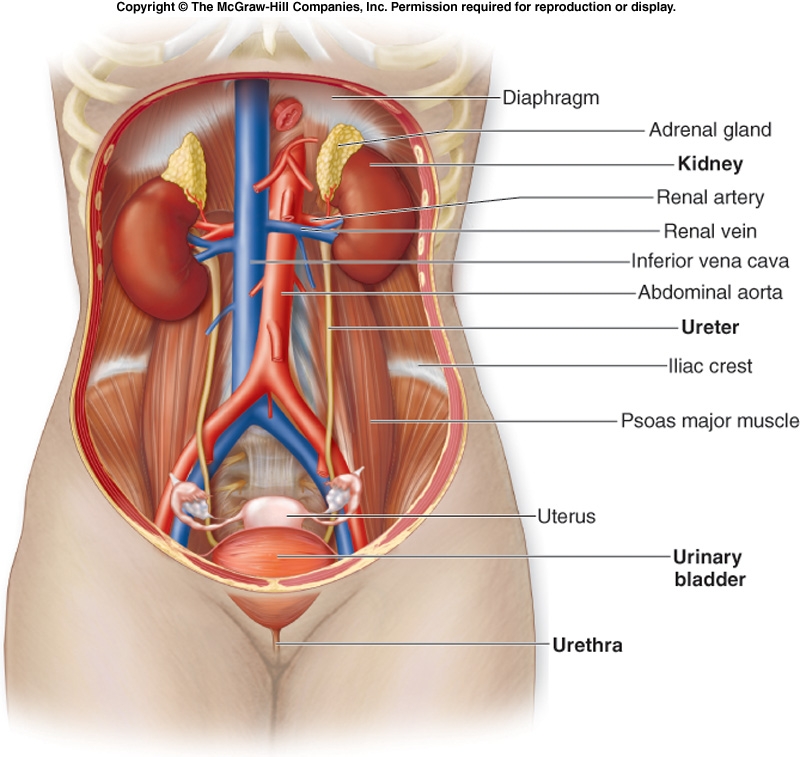Human Body
- About
- Body Systems
- Quizzes
- Games
- Contact Us
Human Body Systems (HBS)
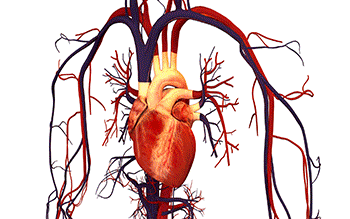


This app was created to aid others in learning the human body systems. The app includes detailed information and diagrams, quizzes and games to really help you, the user, learn and better understand the roles of the human body systems.
The app is really geared for those who are at the high school/college level. The hopes for this application is that it will assist education, nursing and biology majors with their studies of the human body.
In this section, you will find multiple links to different sites that will quiz you on your knowledge of the human body. The difficulty level will range from beginner learning level to advanced learning level. The hope is that throughout the use of this app you will be able to increase your own personal learning level from beginner to advanced.
Beginner:
Intermediate:
Advanced:
The games that are linked to this page are more for the younger age group using this app. The links are mostly high school level and entry college level games that can be played to help reinforce your knowledge of the human body in a fun way. These are just a few games of many that are available on the web.
Katelyn Kingsbury
Phone: 585-694-4057
Email: klk04748@sjfc.edu
Address: 1753 Scottsville-Mumford Road Scottsville, NY 14546

The circulatory system is the body’s transport system. It is made up of a group of organs that transport blood throughout the body. The heart pumps the blood that is transported by the arteries and the veins.

Oxygen-rich blood departs from the left side of the heart and enters the aorta, the biggest artery in the body. The aorta branches into smaller arteries that then branch into even smaller vessels which travel to several places all over the body. Once the blood enters the smallest vessels, also known as capillaries, and are found in body tissue, they give nutrients and oxygen to the cells and take in carbon dioxide, water, and waste.
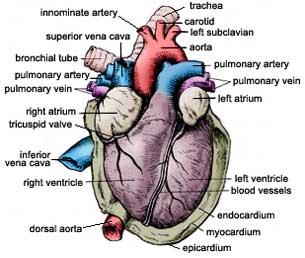
The blood, which no longer contains oxygen and nutrients, goes back to the heart through veins. The veins then carry waste products away from the cell and bring blood back to the heart where it then pumps it to the lungs to pick up oxygen, as well as, eliminate waste and carbon dioxide.
The digestive system is made up of organs that break down food into protein, vitamins, minerals, carbohydrates, and fats; which the body needs for energy, growth and repair.
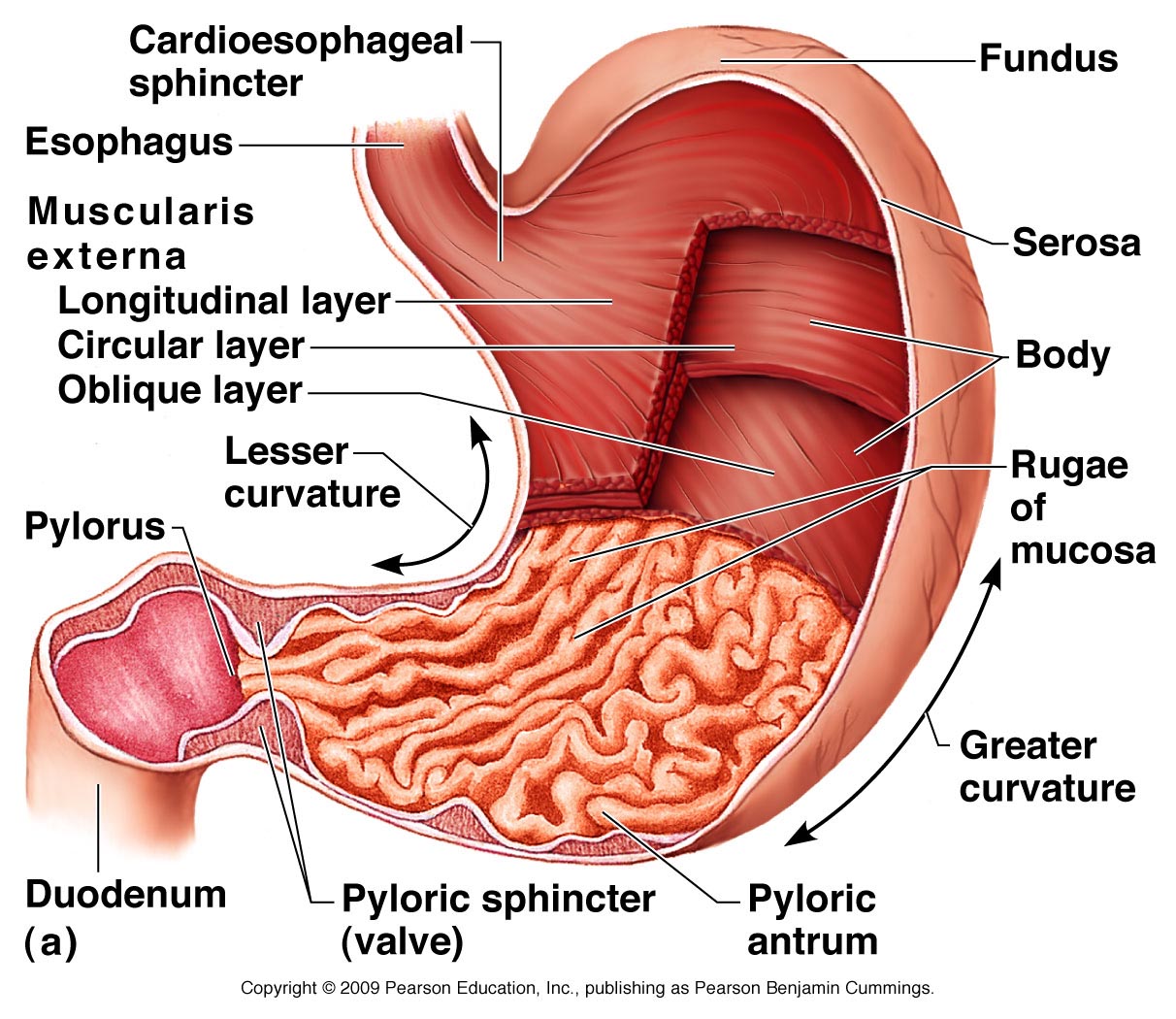
After food is chewed and swallowed, it goes down the esophagus and enters the stomach, where it is further broken down by powerful stomach acids.

From the stomach the food then travels to the small intestine. The small intestine is where the food is broken down into nutrients and can enter the bloodstream through tiny hair-like projections. The excess food that the body doesn’t need or can’t digest is turned into waste and is eliminated from the body.

The endocrine system is made up of a group of glands that produce the body’s long-distance messengers, or hormones. Hormones are chemicals that control body functions, such as metabolism, growth and sexual development. The glands, which include the pituitary gland, thyroid gland, parathyroid glands, adrenal glands, thymus gland, pineal body, pancreas, ovaries, and testes, release hormones directly into the blood stream. The bloodstream transports the hormones to organs and tissues throughout the body.
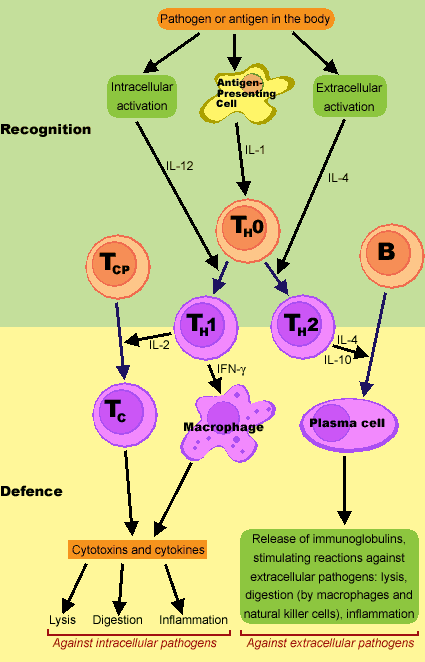
The immune system is the body's defense system against infections and diseases. Organs, tissues, cells and cell products work together to respond to dangerous organisms like viruses and bacterial substances that may enter the body from the environment. There are 3 types of response systems in the immune system: the anatomic response, the inflammatory response, and the immune response.
Anatomic Response:
-Physically prevents threatening substances from enering your body.
-Examples: mucous membrane, skin
-If substances do get by, the inflammatory response goes on attack.
Inflammatory System:
-Excretes the invaders from the body.
-Examples: sneezing, runny noses, and fevers.
-Sometimes, even though you don't feel well while it's happening, your body is fighting illnesses.
Immune Response:
-Goes to work when the inflammatory response goes to work.
-Central part of the immune system and is made up of white blood cells, which fight infection by consuming antigens.
-A quarter of white blood cells, called the lymphocytes, migrate to the lymph nodes, and produce antibodies, which fight disease.

The lymphatic system is a defense system for the body. It filters out organisms that cause disease, produces white blood cells, and generates disease - fighting antibodies. It also distributes fluids and nutrients in the body and drains excess fluids and protein so that tissues do not swell.
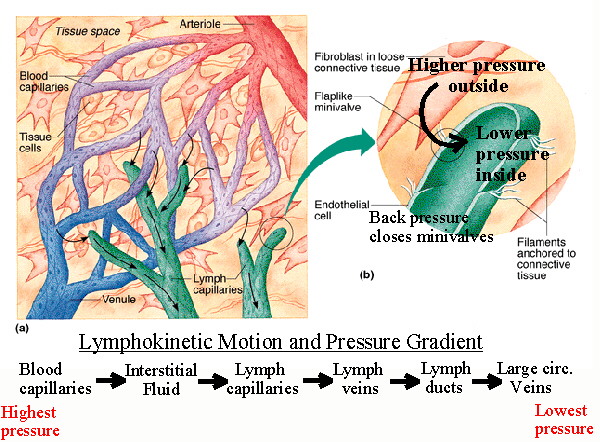
This system is made up of a network of vessels that help circulate body fluids. These vessels carry excess fluid away from the spaces between tissues and organs and return it to the bloodstream.
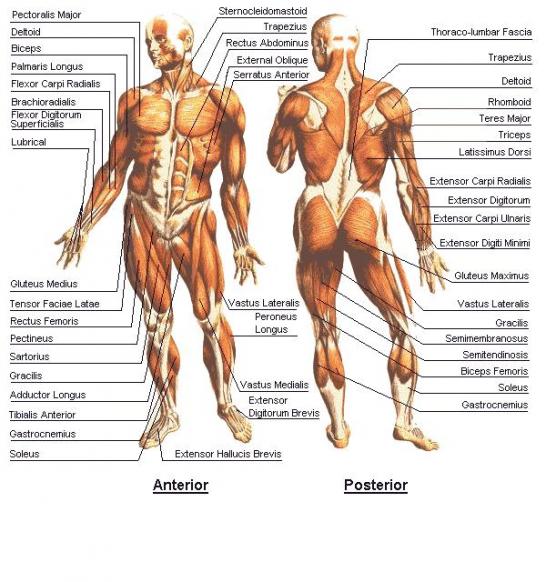
The muscular system is made up of tissues that work with the skeletal system to control movement of the body. Some muscles-like the ones in your arms and legs- are voluntary, meaning that you decide when to move them.
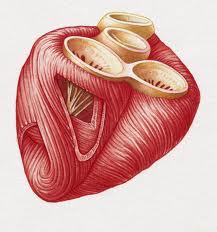
Other muscles, like the ones in your stomach, heart, intestines and other organs, are involuntary. Meaning that they are controlled automatically by the nervous system and hormones - you often don't even realize they're at work.
The body is comprised of 3 types of muscle tissue: skeletal, smooth and cardiac. Each of these tissues has the ability to contract and expand, which allows the body to move and function.
• Skeletal muscles: help the body move.
• Smooth muscles: (involuntary) located inside organs, such as the stomach and intestines.
• Cardiac muscles: found only in the heart and are involuntary.

The nervous system is made up of the brain, the spinal cord and nerves. One of the most important systems in your body, the nervous system is your body's control system. Nerve impulses are sent, received and processed throughout the body. These nerve impulses tell your muscles and organs what to do and how to respond to the environment.

There are 3 parts of the nervous system that work together: the central nervous system, the peripheral nervous system and the autonomic nervous system.
• Central Nervous System: consists of the brain and the spinal cord. It sends out nerve impulses and analyzes information from the sense organs, which tell your brain about things you see, hear, smell, taste and feel.
• Peripheral Nervous System: includes the craniospinal nerves that branch off from the brain and the spinal cord. It carries the nerve impulses from the central nervous system to the muscles and glands.
• Autonomic Nervous System: regulates involuntary action, such as heart beat and digestion.
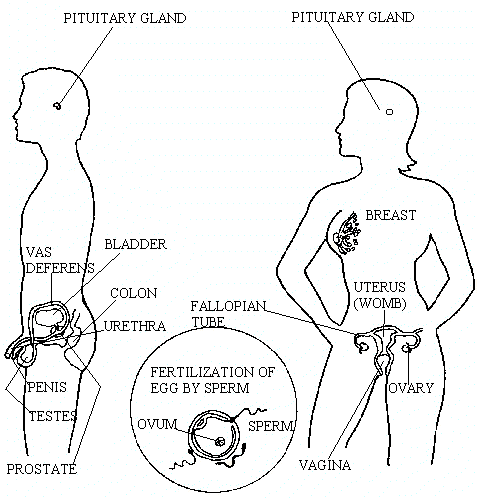
The reproductive system allows humans to produce children. Sperm from the male fertilizes the females egg, or ovum, in the fallopian tube. The fertilized egg travels from the fallopian tube to the uterus, where the fetus develops over a period of nine months.
Male Reproductive:

Female Reproductive:


The respiratory system brings air into the body and removes carbon dioxide. It includes the nose, trachea, and lungs. When you breathe in, air enters your nose or mouth and goes down a long tube called the trachea. The trachea branches into two bronchial tubes, or primary bronchi, which go to the lungs. The primary bronchi branch off into even smaller bronchial tubes, or bronchioles. The bronchioles end in the alveoli, or air sacs.
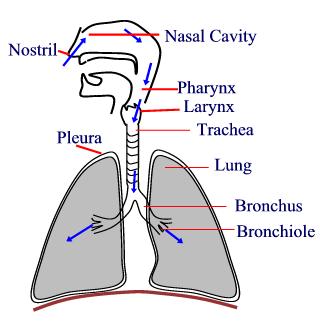
Oxygen follows this path and passes through the walls of the air sacs and blood vessels and enters the blood stream. At the same time, carbon dioxide passes into the lungs and is exhaled.
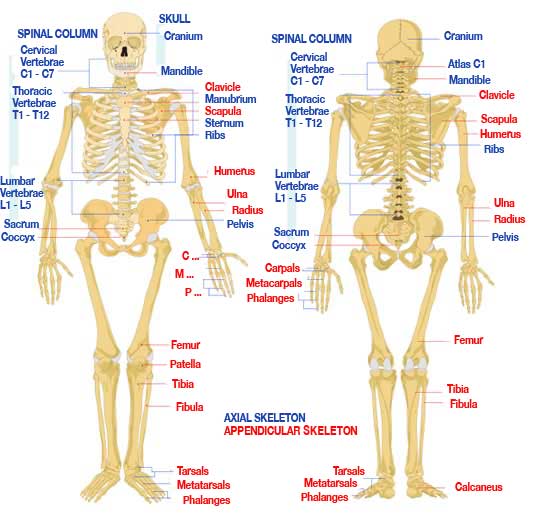
The skeletal system is made up of bones, ligaments and tendons. It shapes the body and protects organs. The skeletal system works with the muscular system to help the body move. Marrow, soft fatty tissue that produces blood cells, many white blood cells, and other immune system cells, is found inside bones.

The urinary system eliminates waste from the body, in the form of urine. The kidneys remove waste from the blood. The waste combines with water to form urine. From the kidneys, urine travels down two thin tubes, called ureters, to the bladder. When the bladder is full, urine is discharged through the urethra.
Male Urinary:

Female Urinary:
